On a sweep of rough moorland, just north of the highest hill in Galloway, sits a white-washed old shepherd’s croft with a good slate roof. The green front door opens onto a single sparse room.
At one end is a rusting old stove flanked by a few wobbly chairs and a pile of sticks, with a line strung above for waterproofs and wet socks. Along two sides of the room is a wooden platform, about the right size to sleep six people.
Under the window, is a table with a makeshift kitchen where you might find some sachets of salt and pepper, a dented pan, a few dusty old wine bottles, packet noodles, half a jar of coffee and a chipped mug of cutlery.
A spade leans up against the opposite wall. That’s the toilet – or what you’ll use to dig it. This is Tunskeen and it looks just like almost any other bothy in Scotland, England or Wales. Simple but watertight; dark and dusty yet welcoming.
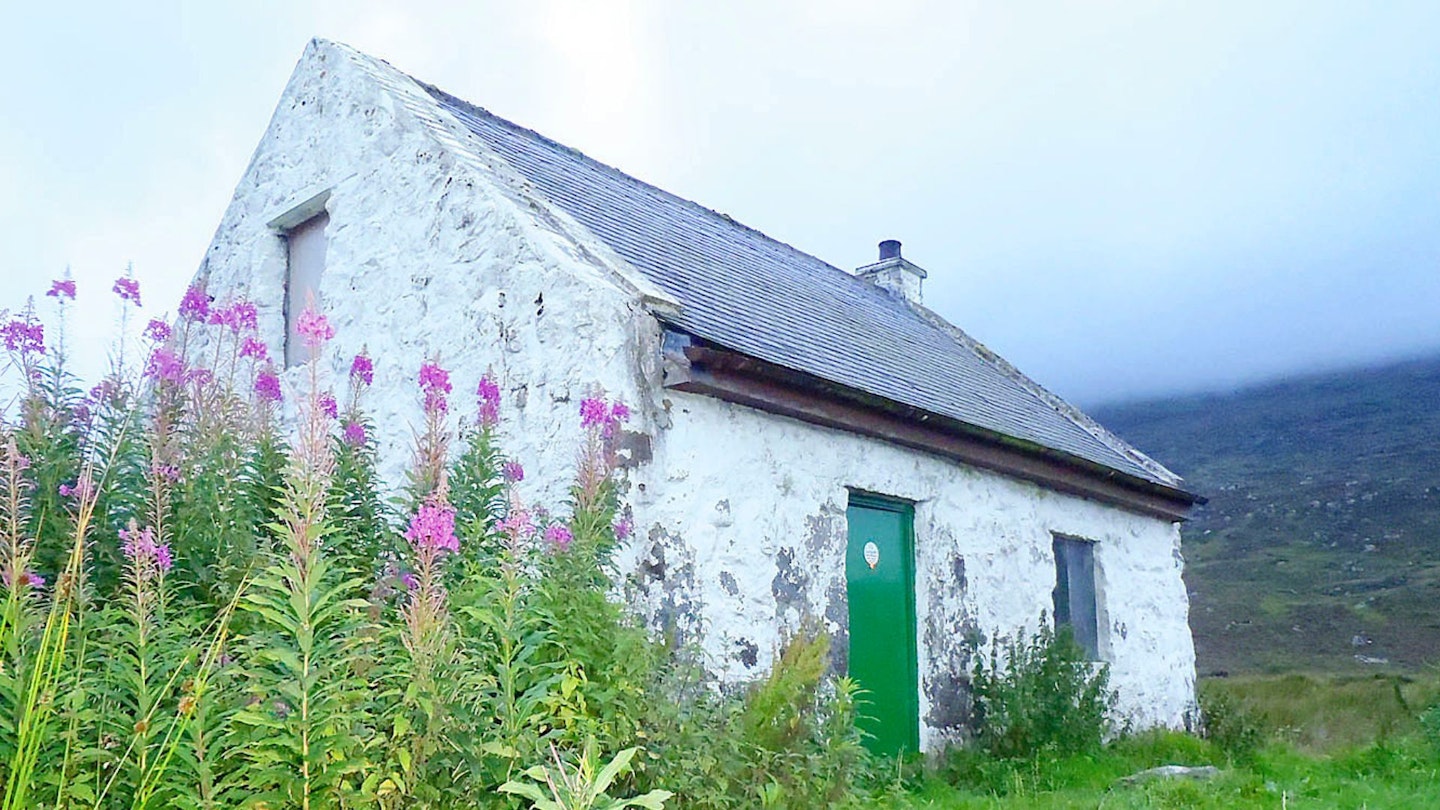
Mostly on account of it being the only open shelter in a landscape exposed to sweeping wind and chilling rain. “Thank God,” you might think on stumbling in the door – and many do. One wonderful definition of a bothy is “a simple shelter in remote country for the use and benefit of all those who love being in wild and lonely places.”
Most are old shepherd or stalkers’ huts, but there’s also a former youth hostel, coastguard station, viking longhouse and schoolhouse furnished with desk and blackboard.
The essential elements of a bothy are few. A wooden platform to sleep on, a fire if you’re lucky and a compost loo if you’re luckier. No electricity and the only running water is in the stream outside. It’s never locked.
Part emergency shelter, a bothy is free and open to all, at any time of day or night. Tunskeen is notable for being the first project of the Mountain Bothies Association (MBA), who now look after a network of 105.
“I must say that this Tunskeen place was very much an open bothy from the start – open to the four winds and sky,” Bernard Heath, MBA co-founder, wrote in his account of its renovation back in 1965.
Bothy origins
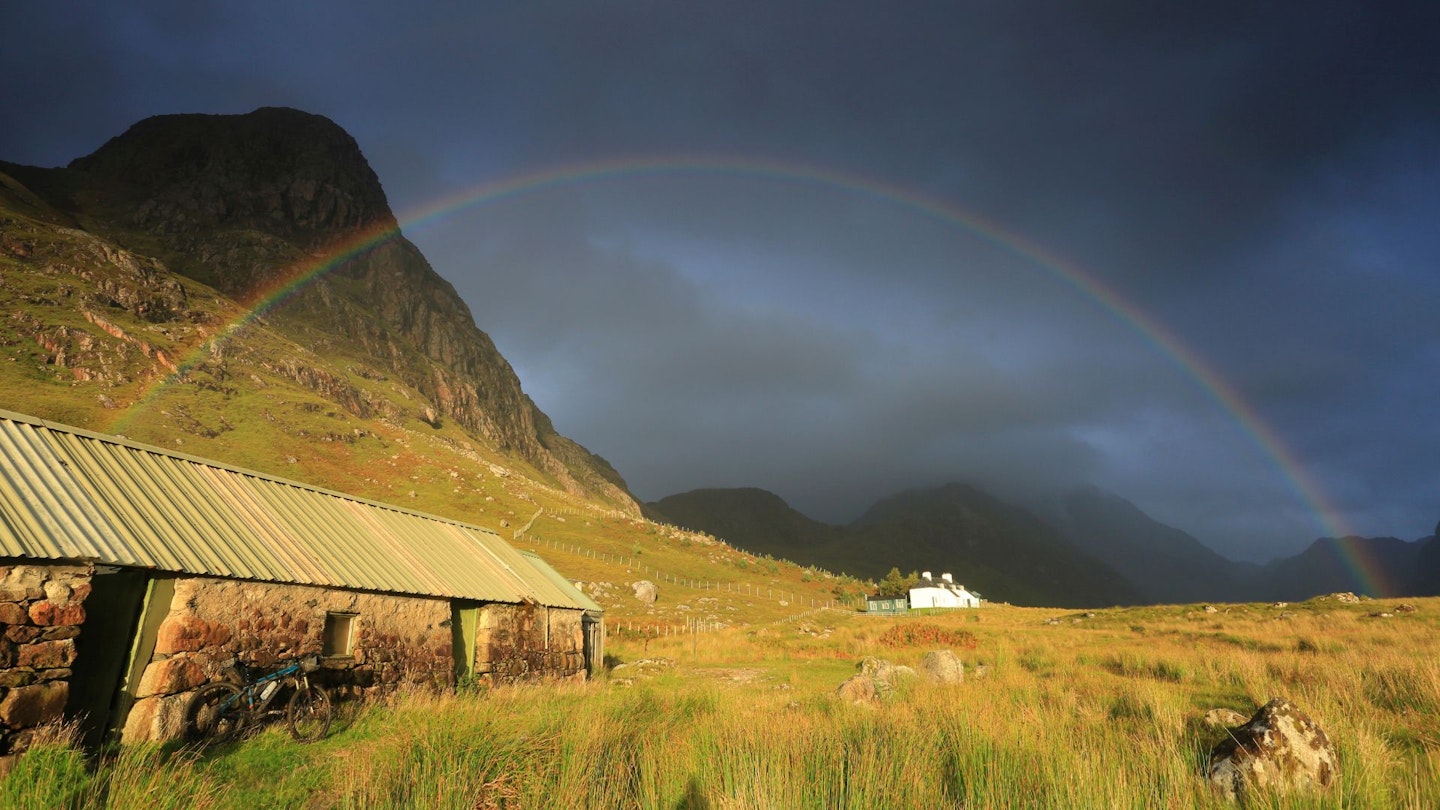
Bothies have now become destinations in their own right. You might walk into Shenavall in Fisherfield to climb the six far-flung Munros there, or you might walk in for the bothy itself and its spectacular location beneath An Teallach’s forbidding ridgeline. People often do.
In summer it’s frequently surrounded by tents, the platforms inside jammed with sleeping mats. In sharing the space, people also share resources: a dram of whisky, a lighter, a story, info about a route or ideas for the next day.
“You can meet lots of interesting people,” says Neil Stewart of the MBA. “People with similar interests, people with different interests. Bothies have a culture of their own.”
Though increasingly popular, bothying is not new. The tradition of heading to the hills for the weekend started to become widespread, or simply possible for more people, after WWII, and bothies have always been a part of it.
“Especially in Scotland, people going to the hills, if they were going for more than one day, used to doss out overnight in farmers barns, old sheds, derelict buildings and things like that,” says Neil. “And those were the origins of bothies.”
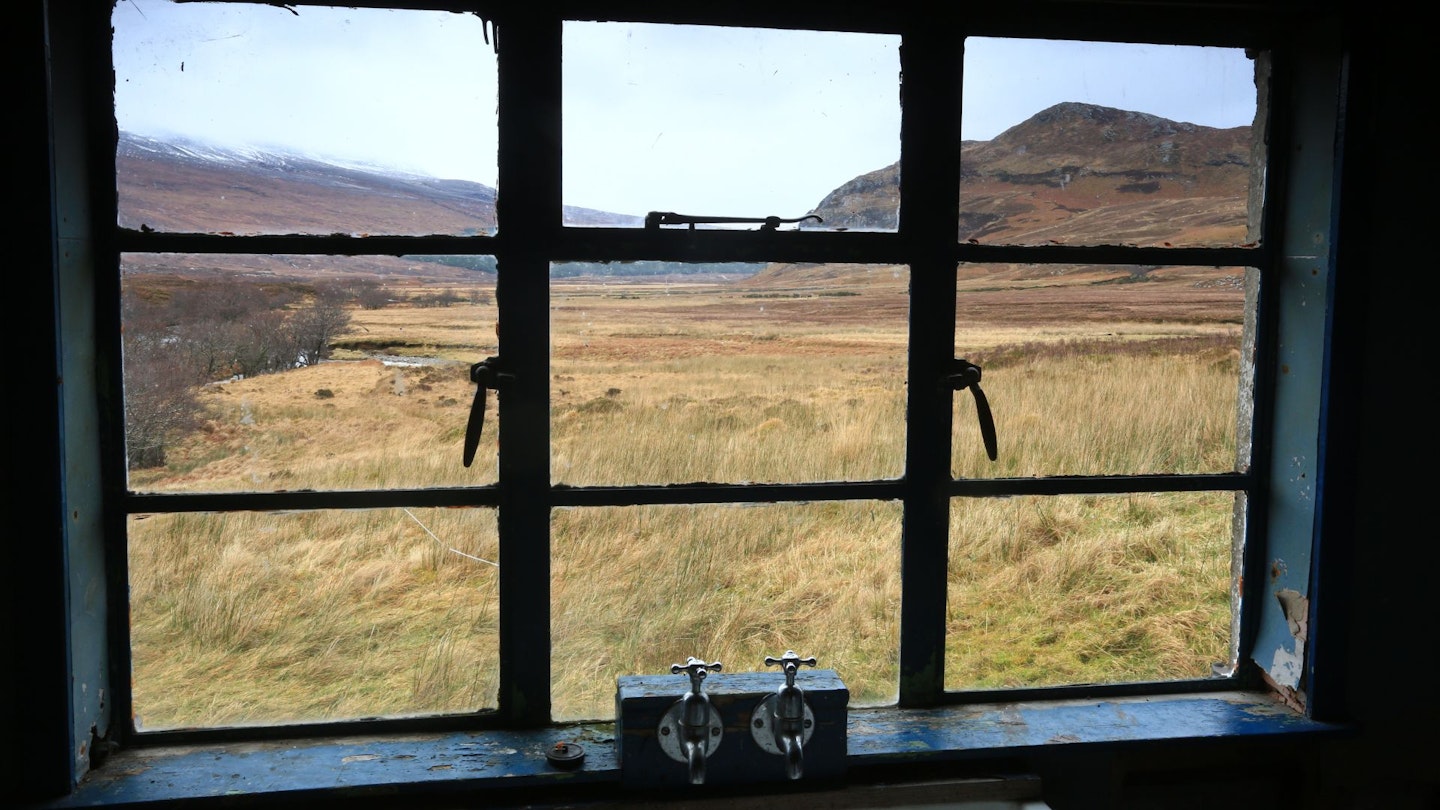
Those early climbers were mostly working class young white men from industrial cities like Glasgow. Kitted out with cheap army surplus gear, they would bus or hitch up to the hills, climb all day, then find what shelter there was in howffs or huts. They won access to those places, land and building, through trespass and it’s thanks in part to that that we have what we have today.
The origins of the buildings themselves are quite a lot older. Most were built to accommodate shepherds and gamekeepers after the mass evictions of the Highland Clearances, from about 1750 to 1850.
During this time, following the Jacobite Rebellion, land and properties belonging to rebel clans were annexed to the crown or sold off to absentee landlords. Soon afterwards, those landlords turned their now much larger parcels of land to sheep-farming and deer stalking.
Crofters and clansfolk were forced off land they had worked for generations. Some of them chose to emigrate, some were forced to and some were transported onto marginal land.
Then came the potato blight. Hill farming decreased still further as land was turned to commercial forestry and other industries began to offer higher wages. After WWII, the availability of the four-wheel drive meant that people, tools and machinery could be driven in, and workers no longer needed to be accommodated where they worked.
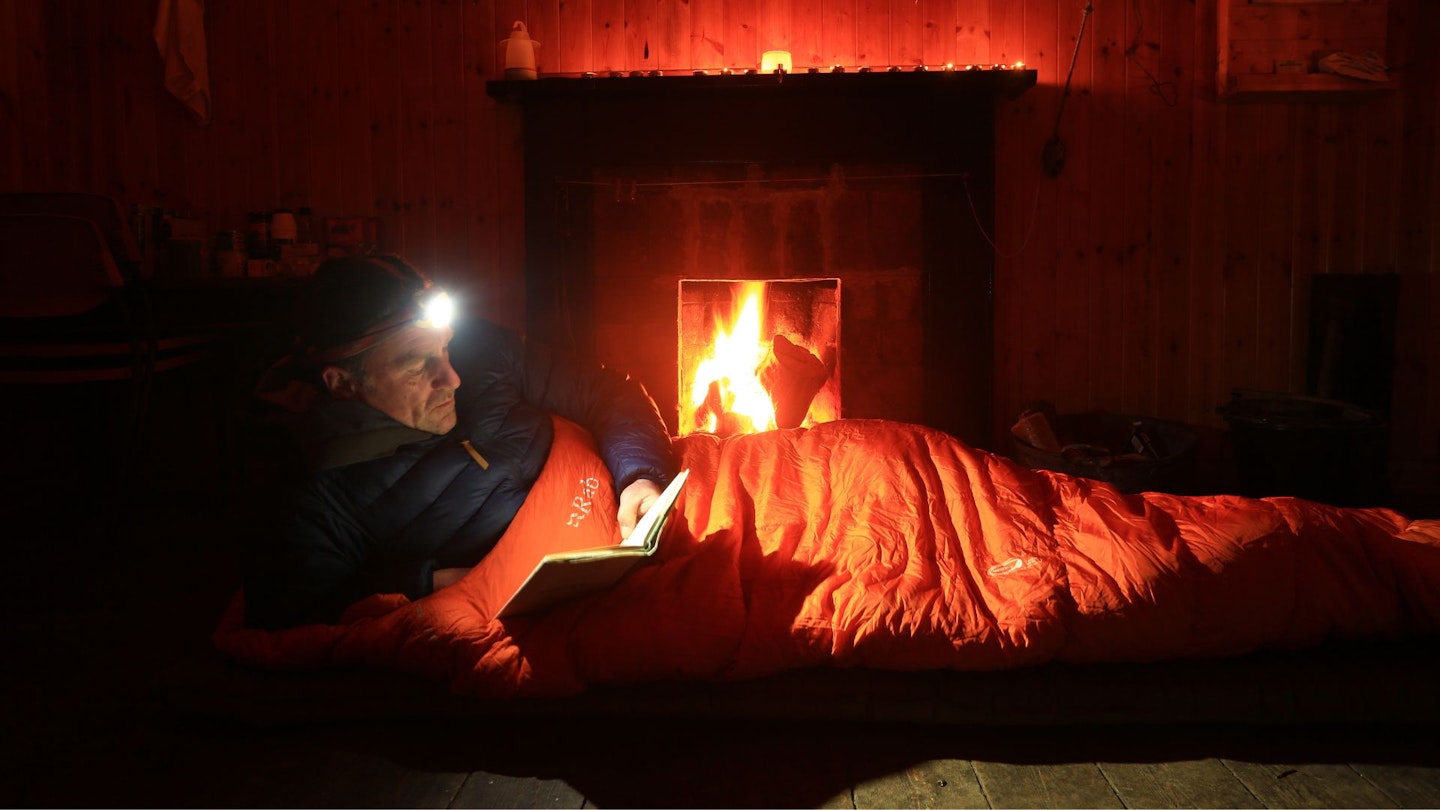
Across the hills, huts built for shepherds and ghillies stood empty. Until, that is, the climbers turned up.
This gave the neglected cottages new purpose but also put them under more pressure. Though some were taken on and maintained by climbing clubs most, battered by the weather and already fairly decrepit, started to get a bit knackered.
What was needed, Kenneth McArthur reckoned, as he scrawled it in the bothy book at Backhill of Bush, was some kind of maintenance. Cyclist Bernard Heath read the note, took it to heart and, with a group of like-minded people, organised the renovation of Tunskeen.
In December of that year, at a village hall in Dalmellington, they formed the MBA. “The MBA is a maintenance organisation not an accommodation provider,” says Neil. “We repair and renovate those buildings for people to use.”
Tunskeen was bodged into basic homeliness by a group of people who just wanted to use it and most continue in that tradition.
It’s the people that make it

The Bothy Code was drawn up in that first meeting and has only been slightly amended since. In its essence, it requests that users “always endeavour to improve the place, and leave it better than you found it.”
That includes simple tasks like taking away litter, sweeping it out, and shutting the door when you leave so animals can’t get trapped inside. More intensive maintenance to keep the place weathertight is carried out by groups of volunteers, organised by the MBA, which is itself a volunteer-run organisation.
Projects vary from completely rebuilding a ruin (like the newly opened Red House in Glen Geldie), giving a fresh coat of paint or – surely the grimmest– emptying the toilet bag at Corrour.
“There are work parties virtually every week, somewhere, during the spring, summer and autumn,” says Neil. “It’s a great opportunity for people to hone the skills they have, develop new skills, meet new people and make new friends.
“People volunteer after they have used bothies,” he goes on. “They’ve been out in the hills, enjoyed the experience, enjoyed the company and they want to give something back. That’s basically it.”
Rough as old boots
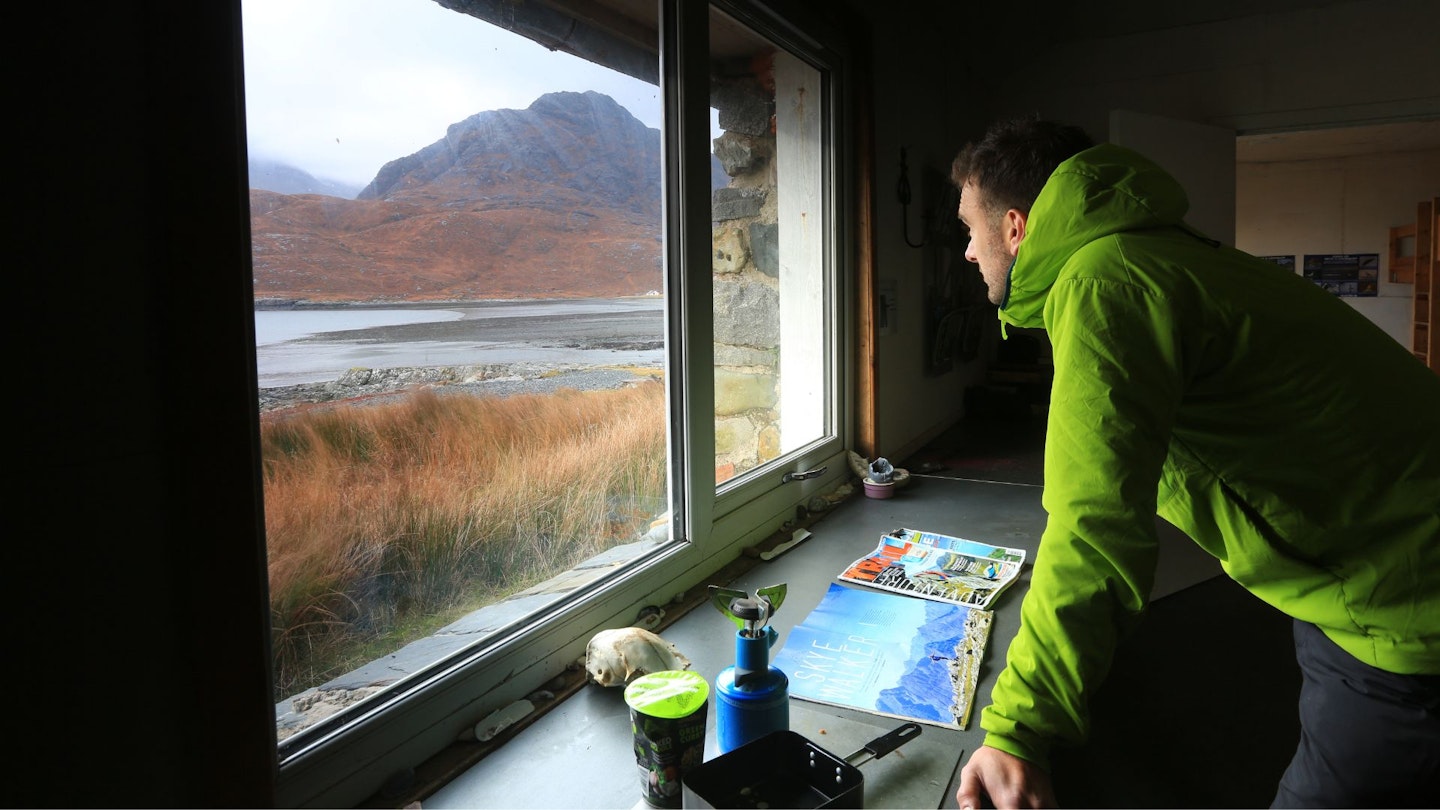
In an isolated situation exposed to extremes of weather with a constantly changing flow of people through the door, most bothies require regular upkeep. Litter and toilet pollution are continuous problems – especially in bothies with easy road access.
In the worst cases, this can lead to an owner rescinding access and the bothy closing altogether. In 2010, following years of vandalism and reports of heavy drinking and theft at Backhill of Bush, the MBA passed care of the bothy over to Scottish Forestry.
But this is generally rare. More recently, the opposite has been true. In 2020, Peanmeanach on the Ardnish peninsula was taken back by the estate to be turned into keyed and bookable accommodation – lost to its own success.
In 2022 the same thing happened to An Cladach, the only bothy on Islay. No bothy, other than the two owned by the MBA, is entirely protected from this. Cared for and used by hill-goers, there’s the sense that the bothies are ‘ours’ but almost all are privately owned.
Nevertheless, these simple huts support genuinely free access to wild and remote places and, without electricity or Wi-Fi, a real escape from the often overwhelming digital world. They are, if anything, anti-luxury and (because you can’t book) defy monetisation.
They are simply free – as are we when we’re in them. Anyone can walk onto the open hill and anyone can walk into a bothy. Bothies may have arisen to offer shelter from the elements but as a shared space in a wild place, they offer much more refuge than that.
How can you help keep bothies clean and open for all?

-
Observe and report what you see on a bothy visit. The MBA welcomes all reports on visits to their bothies, even if there's no issues.
-
Note whether there is a brush, spade and visitor’s book
-
Keep the spirit of welcome and hospitality going
-
Take away any litter you carry in and extra if necessary
-
Before you leave, make sure the fire is out and the doors and windows firmly closed
-
If there’s no toilet, bury your poo at least 20m from the water source and any buildings
-
Join an MBA work party. For details, see the MBA volunteer page.
If you reach a bothy and it's full, you may need to camp outside. With that in mind, take a look at our guide to wild camping.
